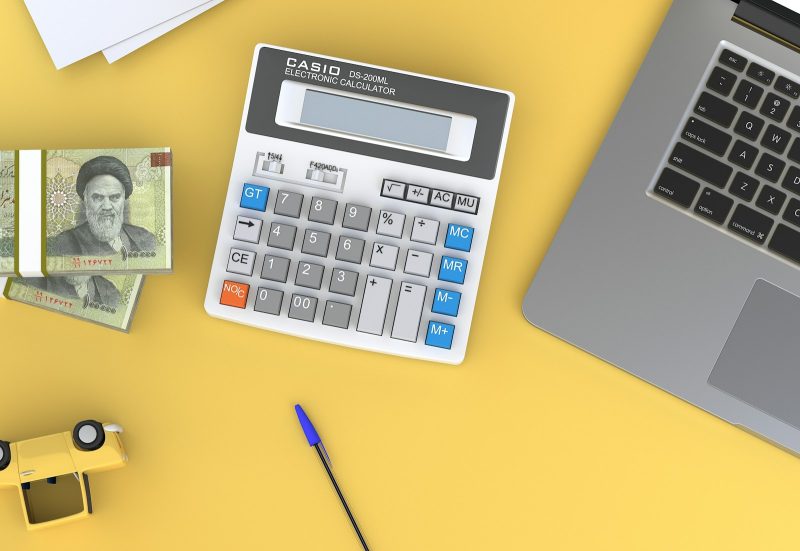Have you ever tried lifting a barbell at the gym? There’s weight on both ends but nothing much in the middle. Now, imagine doing something similar with your money.
Strange as it sounds, we have the barbell strategy in investments. Smart savers love this approach. People who are using fixed deposits to grow their wealth steadily are finding it helpful.
So, let’s break it down to make it easy for you to understand.
What is the Barbell Strategy?
The barbell strategy in investment is where you put your money into two extreme ends. One is a very short-term investment, and the other is a long-term investment. Here, you would avoid any middle range.
To understand it more clearly, take it as this:
- One part of your money is invested for a short duration (say 6–12 months).
- The other part is locked in for a long term (say 5 years).
- You skip the medium-term options (like 2–3-year FDs) altogether.
The result that you get is a mix of flexibility and stability. This forms the core of the barbell strategy.
How it Works in Fixed Deposits
When you apply the barbell strategy to fixed deposit investments, here’s what it looks like:
- Short-term FDs give you liquidity. These mature quickly and let you reinvest at potentially higher fixed deposit interest rates if the market conditions improve.
- Long-term FDs help you lock in higher interest rates for several years. It shields you from future rate drops.
You balance both. And you avoid being stuck in mid-range FDs. Mid-ones may not offer either flexibility or attractive returns.
Why Investors Like This Strategy
Here are some benefits that make the barbell strategy popular:
1. Liquidity on One Side
Short-term FDs help you handle emergencies. If you suddenly need money, you won’t have to break your long-term FDs and lose interest.
2. Lock-in Benefits on the Other Side
If you catch a high interest rate, long-term FDs help you lock it in. Even if rates drop later, your earnings stay unaffected.
3. Better Control Over Returns
Short-term FDs mature fast. This gives you more chances to reinvest if interest rates rise in the future.
4. Balanced Risk and Return
You get both safety (with long-term FDs) and flexibility (with short-term ones), reducing the risk of putting all your eggs in one basket.
A Quick Example
Let’s say you have ₹5,00,000 to invest.
- You put ₹2,50,000 into short-term FDs (like 6 or 12 months).
- You put the other ₹2,50,000 into long-term FDs (like 5 years).
This way, part of your money stays available in case of need or reinvestment, while the rest keeps earning steady returns.
Things to Watch Out For
Like any strategy, the barbell approach has some downsides:
1. Requires Planning
You’ll need to track maturity dates, interest rates, and reinvestment opportunities. If that sounds like a lot, consider automating reminders or using banking apps.
2. Low-Interest Phase Can Hurt
If interest rates fall and stay low, reinvesting short-term FDs may fetch lower returns. In that case, the long-term side helps cushion the impact.
3. Not a Generic Strategy
This approach suits people who want balance, not those looking for ultra-safe or aggressive returns. If you have very short-term goals or are nearing retirement, you may want to lean more towards long-term stability.
When Does it Make Sense to Use This Strategy?
The barbell strategy works best when:
- Interest rates are rising: You can keep reinvesting short-term FDs at higher rates.
- You’re unsure about future rates: A mix of both ends gives you flexibility and security.
- You want to avoid medium-term commitments: These often give neither the liquidity of short-term nor the high returns of long-term FDs.
Final Thoughts
The barbell strategy is a smart, flexible way to invest in fixed deposits. It:
- Protects you from being locked into low returns.
- Gives you access to funds without breaking long-term deposits.
- Helps you react to changing interest rates.
However, it’s not a set-it-and-forget-it plan. You’ll need to check your fixed deposits regularly, monitor interest rate trends, and adjust your investments as needed.
If you’re someone who likes having options, some cash ready to use, and some growing quietly in the background, the barbell strategy might be just the balance you need.
Talk to your bank or financial advisor about setting up FDs that align with this strategy. Most banks let you choose custom durations, so you can create your own barbell with ease.








